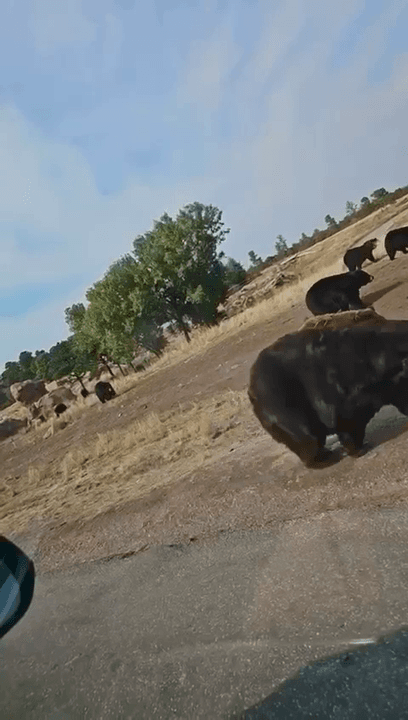
Big Game Safaris in Nwoya Uganda: Seasonal Movements and Traditional Tracking Methods The first light of dawn creeps across the vast plains of Nwoya like a slow-moving tide, revealing silhouettes of acacia trees standing as sentinels over the grasslands. Somewhere in the distance, the deep grunt of a Cape buffalo carries through the crisp morning air, while a pair of ground hornbills begin their prehistoric calls. This is Nwoya at daybreak - raw, untamed, and pulsing with life. For hunters seeking an authentic African experience far from crowded safari circuits, this northern Ugandan district offers something increasingly rare: true wilderness. A Landscape Forged by Fire and Water Nwoya's geography tells the story of its hunting potential. The district sits at the ecological crossroads where the dense woodlands of central Uganda give way to the open savannas stretching toward South Sudan. The mighty Albert Nile forms its western boundary, creating ribbons of lush riverine forest tha
Post: 7 August 10:45















































